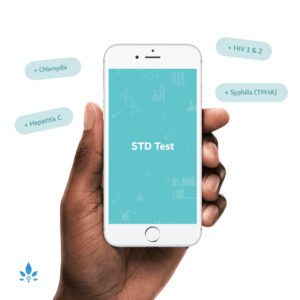Vesicoureteral Reflux


Vesicoureteral reflux, also called VUR, is a disorder that causes urine to flow backward from the bladder toward the kidneys. In the worst cases, the urine may flow back into the kidneys. This condition occurs because the one-way valves that normally direct urine down and out of the body are faulty. If this happens repeatedly, the kidneys can suffer permanent damage. This condition can affect one ureter and kidney (unilateral reflux) or both (bilateral reflux).
Vesicoureteral reflux affects about 10% of children. There is a strong genetic component, with 32% of siblings of an affected child also experiencing VUR. Children with VUR often show no symptoms, but the urine that stays in the urinary tract can harbor bacteria, which can lead to a urinary tract infection (UTI) or kidney infection. Often VUR isn’t discovered until an infant or young child has a UTI, prompting their doctor to order tests to determine if VUR is present. It is estimated that 70% of infants and 30% of children who get UTIs have VUR.
In most cases, children recover from a VUR-related kidney infection with no problems after antibiotic treatment, but it is possible the infection will cause scarring of the kidney. Scarring can ultimately lead to high blood pressure and even kidney failure. Children with VUR are often placed on a daily dose of antibiotics to help prevent frequent infections. It is important to work closely with your doctor if your child has frequent UTIs and has been diagnosed with VUR.
VUR can be diagnosed at any age and may even be diagnosed based on a prenatal ultrasound showing an abnormality of one or both kidneys. About three-quarters of children with VUR are girls. To test for vesicoureteral reflux, your doctor might order an ultrasound of the kidneys and bladder in order to look at the anatomy of their urinary system. Next a series of X-rays of the bladder are taken while it is full and while it is being emptied. This test, called a VCUG, can help the doctor see if any urine is flowing in the wrong direction and help determine the severity of the reflux, if present. A radionuclide cystogram is yet another test option. In this test, a radioactive tracer is put into the child\’s bladder and followed with a scanner to see its path out of the body.
Once a diagnosis is made, the treatment will depend on the grade or seriousness of the VUR. Often the child does not need any treatment. In other cases, the child may need daily antibiotic treatment as well as regular monitoring of bacteria in the urine to prevent infections and scarring of the kidneys. The most serious cases may require surgery to fix the faulty valves that allow the backflow of urine.
Sources:
- Mayo Clinic
- Vesicoureteral Reflux Treatment & Management. National Kidney and Urologic Diseases Information Clearinghouse
- Vesicoureteral Reflux. Urology Care Foundation
Powered by Bundoo®












































